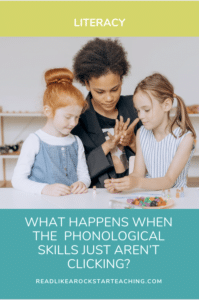
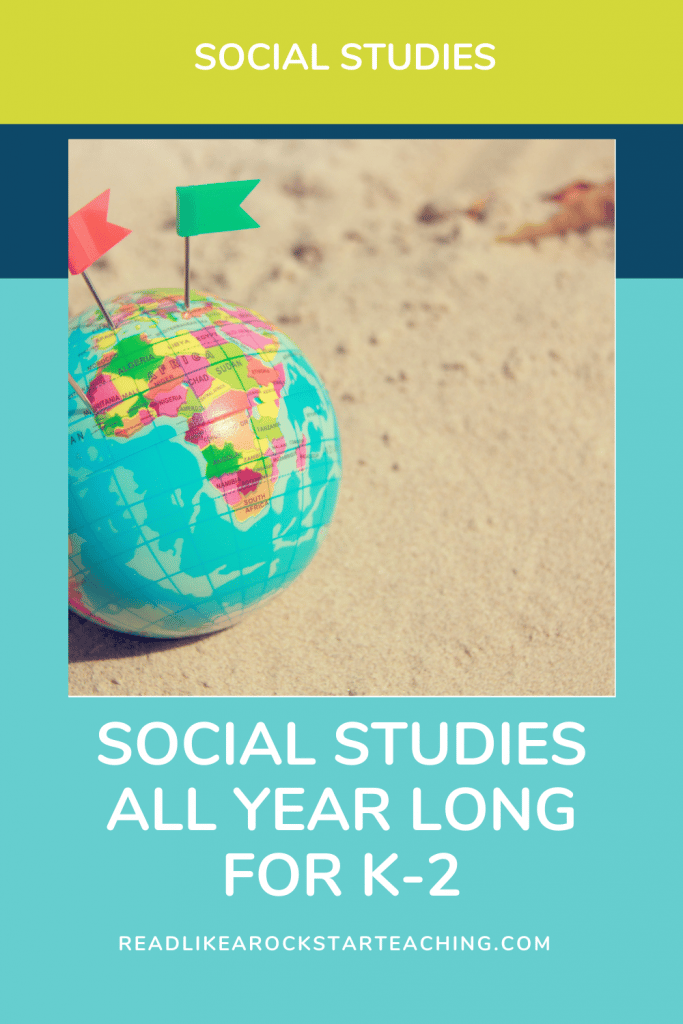
When I think about social studies from my elementary school days, all I can remember is doing a Christopher Columbus craft, having a Thanksgiving feast with my classmates (insensitively dressed up as “indians”), and briefly learning about MLK Jr. It was never truly meaningful. It didn’t leave a lasting impact. It did not prepare me for the real world at all!
What does social studies look like in your primary classroom? In my first few years, if I’m being completely honest, it looked like a lot crafts, videos, and fluff! And that’s when I actually made time for it. As I developed my practices, I learned that I needed to do better in this area. My teaching partner, LaNesha Tabb, and I went on a journey to reimagine what social studies could look like in our kindergartner and first grade classrooms. We discovered we could get rid of the turkey crafts and dive into real content that would help our students increase their cultural intelligence and help them build empathy towards people from different cultures. And we could do it every single day. All year long!
These lessons (paired with diverse and inclusive read-alouds during literacy time) brought out amazing conversations and connections from our students. They were more thoughtful and more understanding of cultural differences. They were making connections to their learning and the real world; and they were applying it, too! They building a foundation for important lessons they would learn later on in life.
We covered heritage months and celebrations from different countries around the world. We uncovered the truth about Christopher Columbus and the first Thanksgiving. We discussed sociology, economics, geography, civics, and history! And we had fun doing it. We realized that when we give kids BIG topics, big things can happen. These pictures show some of the topics we taught all year long. It’s hard to show the learning that took place because we couldn’t capture it with a brightly colored craft. It was heard in a class debate or discussion. It was seen in the daily interactions between our students and those around them. It was noticed when our kids had an “aha” moment and made a connection mid lesson.
We made these HUGE shifts and we will never go back!
These resources can be found here.
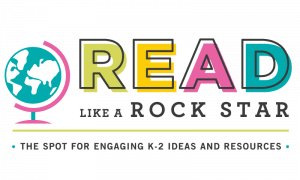
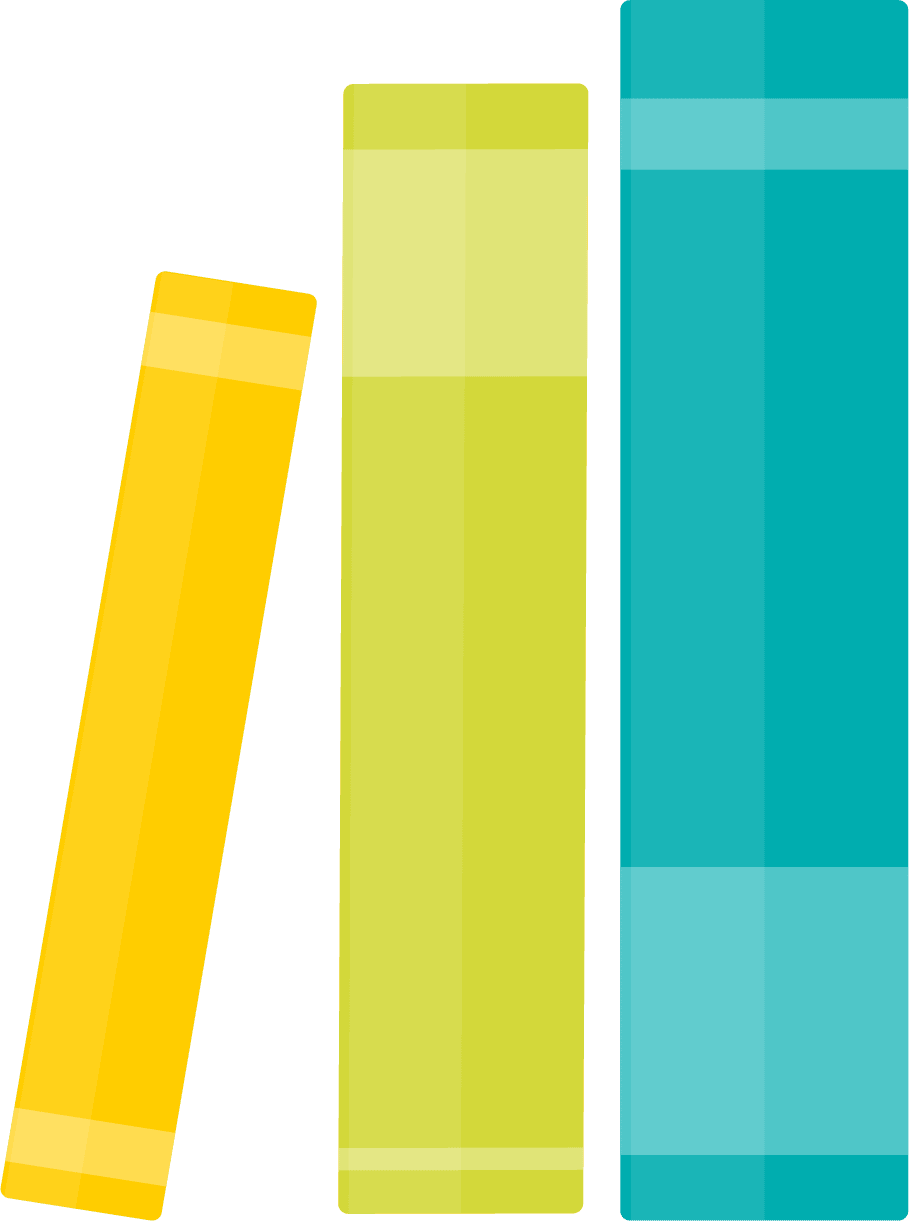
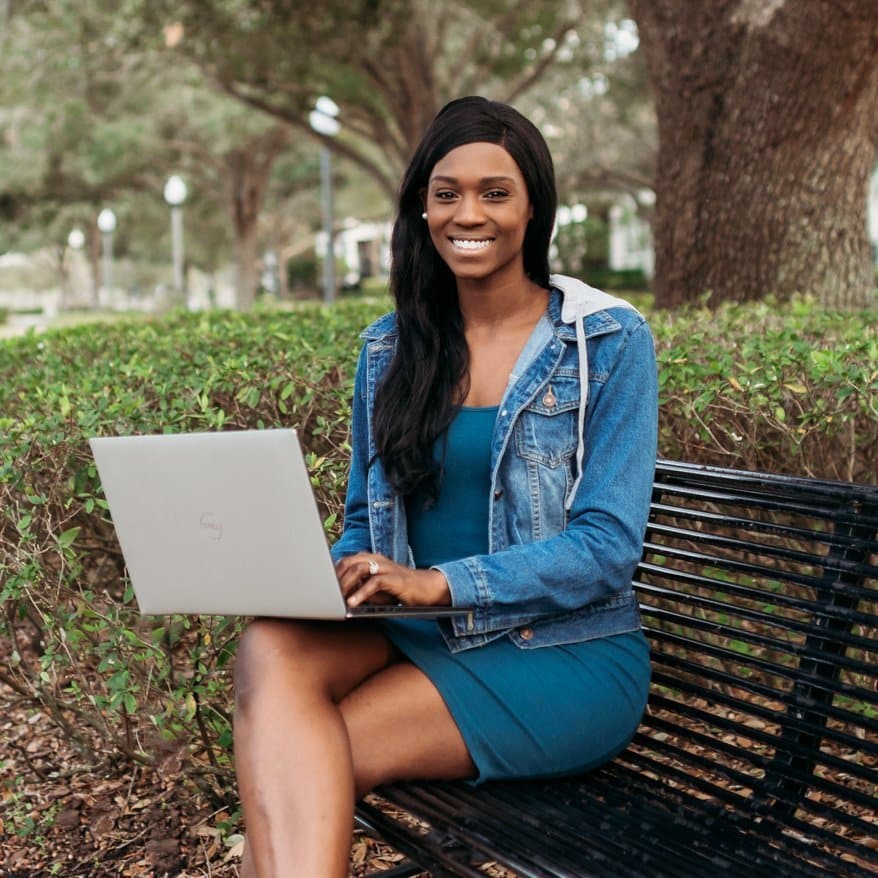
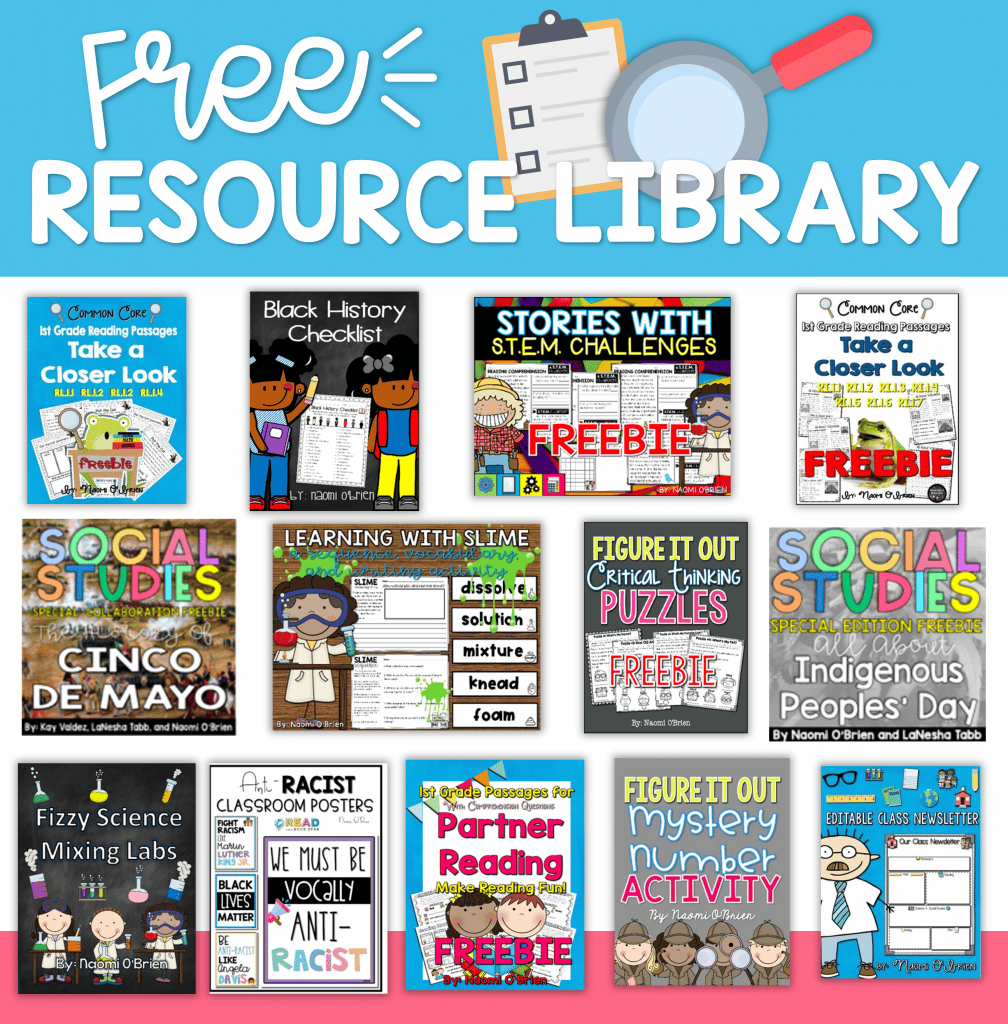
| Cookie | Duration | Description |
|---|---|---|
| cookielawinfo-checkbox-analytics | 11 months | This cookie is set by GDPR Cookie Consent plugin. The cookie is used to store the user consent for the cookies in the category "Analytics". |
| cookielawinfo-checkbox-functional | 11 months | The cookie is set by GDPR cookie consent to record the user consent for the cookies in the category "Functional". |
| cookielawinfo-checkbox-necessary | 11 months | This cookie is set by GDPR Cookie Consent plugin. The cookies is used to store the user consent for the cookies in the category "Necessary". |
| cookielawinfo-checkbox-others | 11 months | This cookie is set by GDPR Cookie Consent plugin. The cookie is used to store the user consent for the cookies in the category "Other. |
| cookielawinfo-checkbox-performance | 11 months | This cookie is set by GDPR Cookie Consent plugin. The cookie is used to store the user consent for the cookies in the category "Performance". |
| viewed_cookie_policy | 11 months | The cookie is set by the GDPR Cookie Consent plugin and is used to store whether or not user has consented to the use of cookies. It does not store any personal data. |
Thank you for your interest in booking a private professional development experience! Please fill out our Booking Inquiry form and a member of our team will contact you soon.